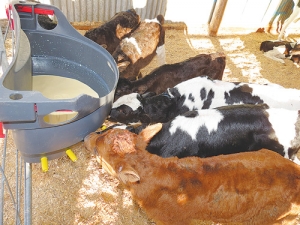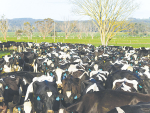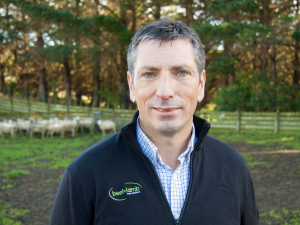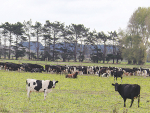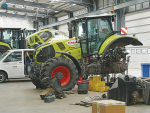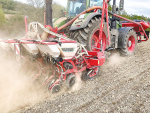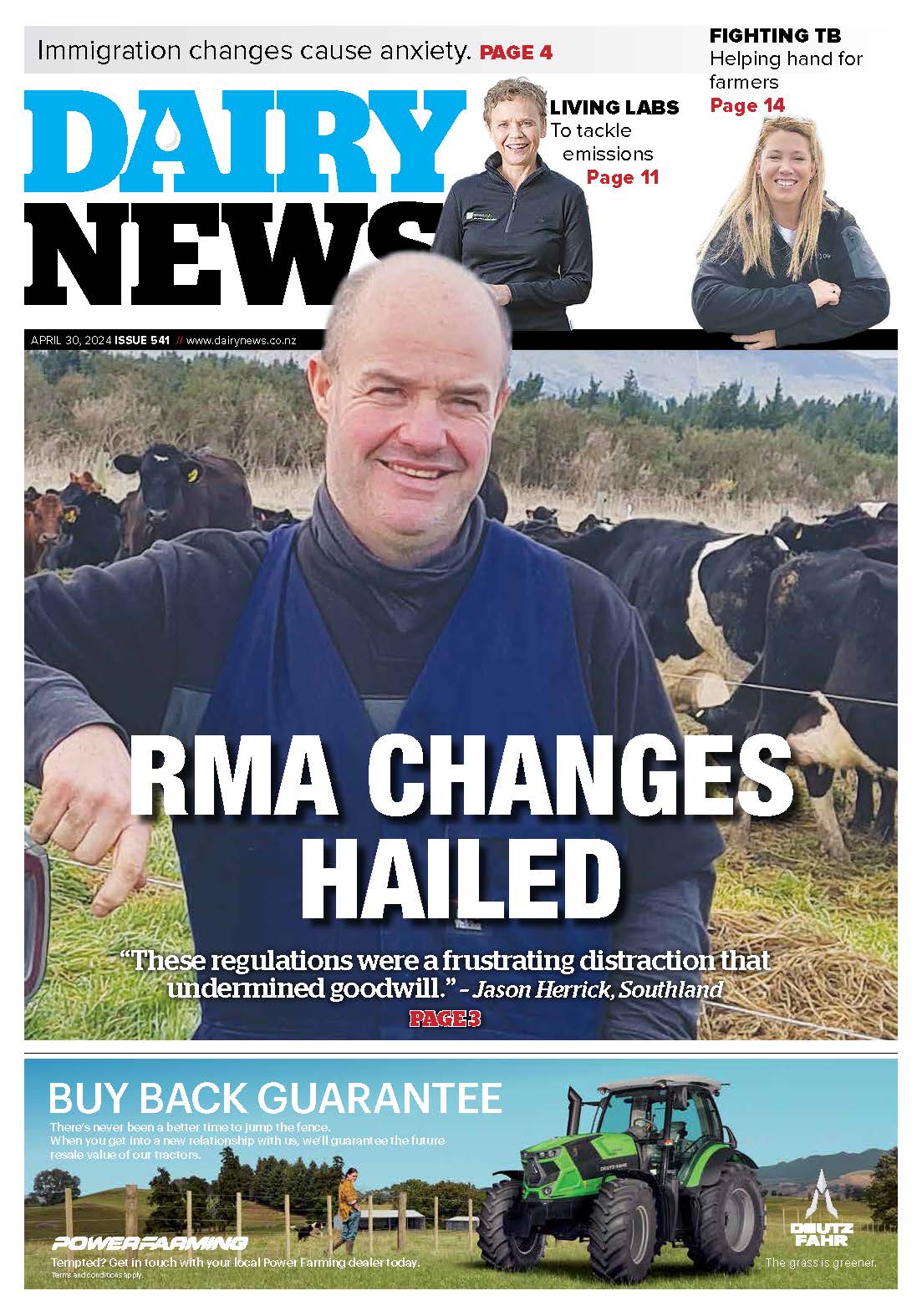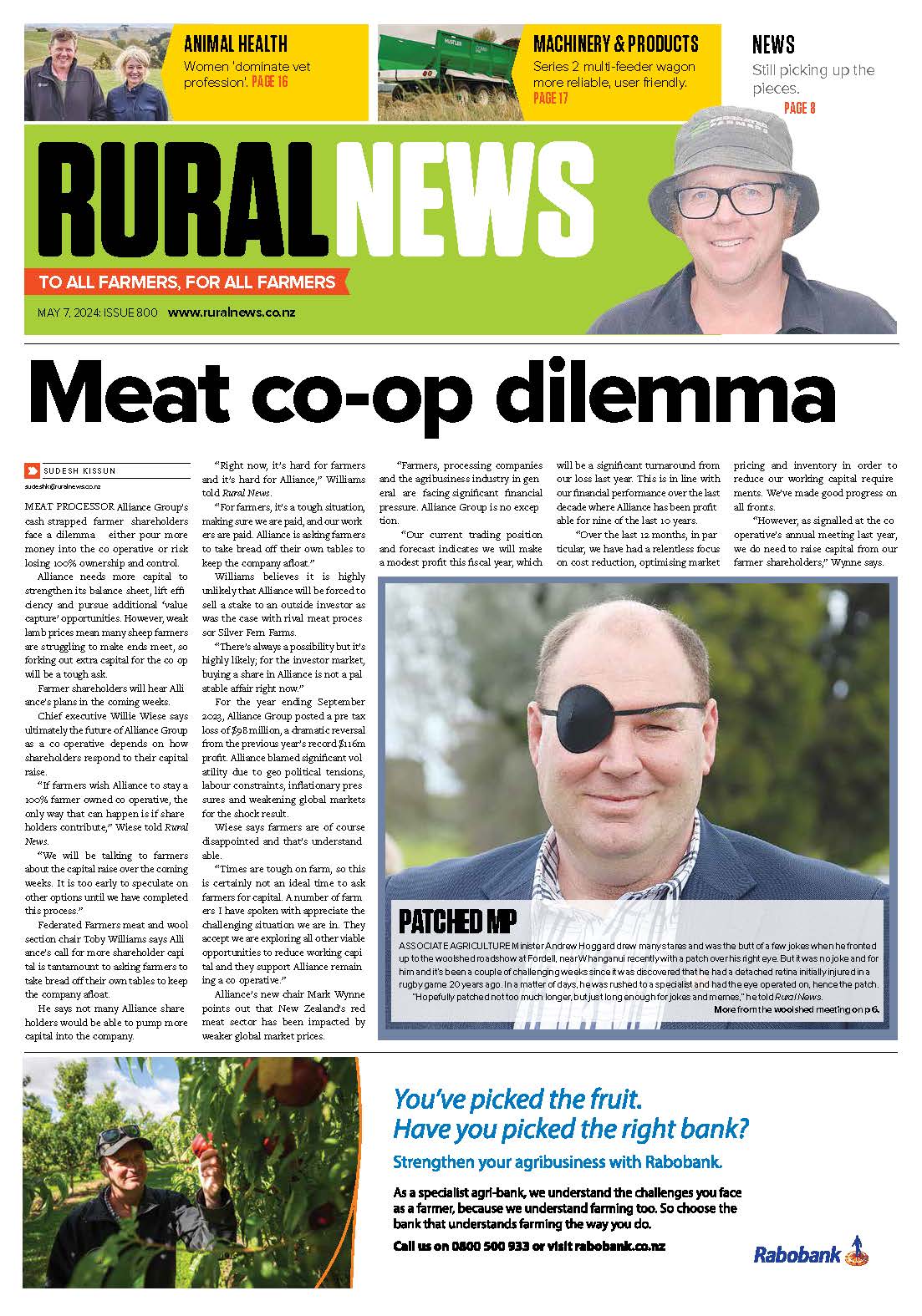As summer approaches and much of Australia prepares for the long hot months ahead, it is time to reflect on the effect of heat stress in our dairy calves.
The effect of heat stress in the milking herd is well known and farmers are using shade and sprinkler systems to reduce the impact on milk production.
However, the effect of high ambient temperatures on dairy calves is often not considered.
The 'normal' core body temperature of a young calf is 38.6oC (range 38.5–39.5oC). There is an ambient temperature range at which a calf is comfortable and needs no extra energy to warm or cool its body. This is the 'thermoneutral' zone -- for a new-born dairy calf 10-25oC.
This zone changes as a calf grows due to the production of heat from fermentation in the rumen. For example, the thermoneutral zone for a one month old dairy calf is 0oC to 25oC.
Calves tolerate higher ambient temperatures better than adult cows: their larger body surface to live-weight ratio allows better dissipation of heat.
The exact ambient temperature at which calves start to show signs of heat stress is not clearly defined. However, clinical signs arise with higher ambient temperature (outside the thermoneutral zone) and relative humidity and with increased time of exposure.
Ambient temperature greater than 25oC, with relative humidity of ~80%, pose an increased risk of heat stress to young calves.
When high daytime temperatures are followed by cooler nights, calves (and cows) are able to dissipate accumulated body heat. Thus calves are at highest risk of heat stress when there are high ambient temperatures on consecutive days, with no drop in temperature overnight.
Research in North America has shown that calves born in summer have lower daily weight gains than calves born at other times of the year. This is due to an increased energy demand to maintain body temperature and decreased grain intake during hot weather.
In periods of cold stress, calves older than three weeks will often compensate for the increased energy demand to regulate body temperature by consuming more starter (grain).
This is not the case for calves enduring heat stress, which will often consume less starter. Combined with the fact that more energy is directed towards maintaining body temperature through evaporative cooling (sweating and panting), the result is a reduction in average daily weight gain.
Reduced starter intake can slow rumen development, increasing the risk of a slump in growth post-weaning.
Additionally, heat stress can also compromise immunity rendering heat-stressed calves more susceptible to disease.
The severity of heat stress will vary depending on the duration, temperature and humidity, however the signs include:
-
-
- Reluctance to move
- Reluctance to lie down
- Reduced feed (milk and grain) intake
- Increased water consumption
- Seeking shade
- Standing/splashing water
- Increased respiratory rate
- Panting/open-mouth breathing
There will also be an increase in rectal temperature and if this exceeds 41.5oC, then a calf is at a very high risk of death from heat stroke.
In strategising to manage heat stress, aim to reduce the ambient temperature to within the thermoneutral zone so that calves are utilising less energy to regulate their body temperature. Shade is essential to help achieve this, along with assessing and modifying shed design to improve ventilation.
Side-wall vents, open-pitched roofs and whirlybirds can be utilised in passive ventilation systems. Fans and positive pressure ventilation tubes are not widely used in calf sheds in Australia but have been successful in North America in active ventilation systems.
• Gemma Chuck is a vet with the Vet Group in Victoria, Australia.





